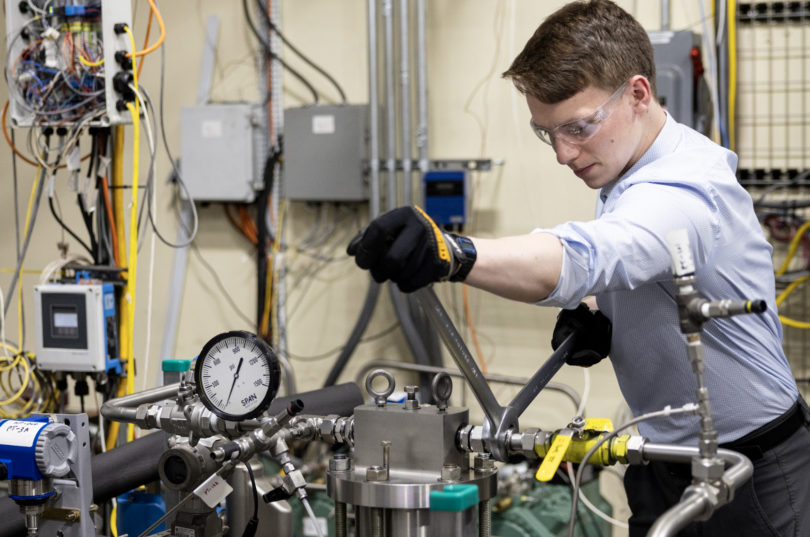Energy Recovery, Inc. (NASDAQ: ERII), a trusted global leader in energy efficiency technology, today released its fourth annual Sustainability Report, underscoring the strong connection between the company’s business goals and its sustainability efforts. Energy Recovery has set its first corporate emissions reduction target, committing to reduce its emissions in relation to revenue by 65% by 2026 from a 2021 baseline.
“Energy Recovery’s role in helping our customers achieve reliable, sustainable operations is a source of pride for my team and me,” said Robert Mao, Chairman of the Board, President, and Chief Executive Officer of Energy Recovery. “With our sustainability strategy in place, we are well-positioned to be resilient in a changing world and ensuring a stable foundation for growth.”
Energy Recovery’s pressure exchanger (PX) technology reduces energy costs and emissions in several critical industries, including desalination, wastewater treatment, and CO2 refrigeration. According to the report, the company helps its customers prevent 17.2 million metric tons of carbon emissions from entering the atmosphere every year, while saving $5.9 billion in energy expenses for customers. Energy Recovery’s PX is a key enabler of the transition to more sustainable forms of refrigeration, water production, and wastewater treatment.
Steps to embed sustainability and safety into its business strategy have improved Energy Recovery’s operations, including certification for a second year in a row as a Great Place to Work. Other takeaways from the report include:
- All Energy Recovery’s sustainability goals set in 2020 have either been achieved, are on track, or are demonstrating progress.
- Energy Recovery’s Environmental Management System (EMS) was certified to the internationally recognized ISO 14001 standard at the end of 2022.
- Per its goal to fully align with the recommendations of the Task Force on Climate-related Financial Disclosures by the end of 2024, the company is currently working to conduct a rigorous assessment of its climate-related business risks and opportunities. This will serve to better understand any potential impacts and realign the company’s future approach accordingly.







